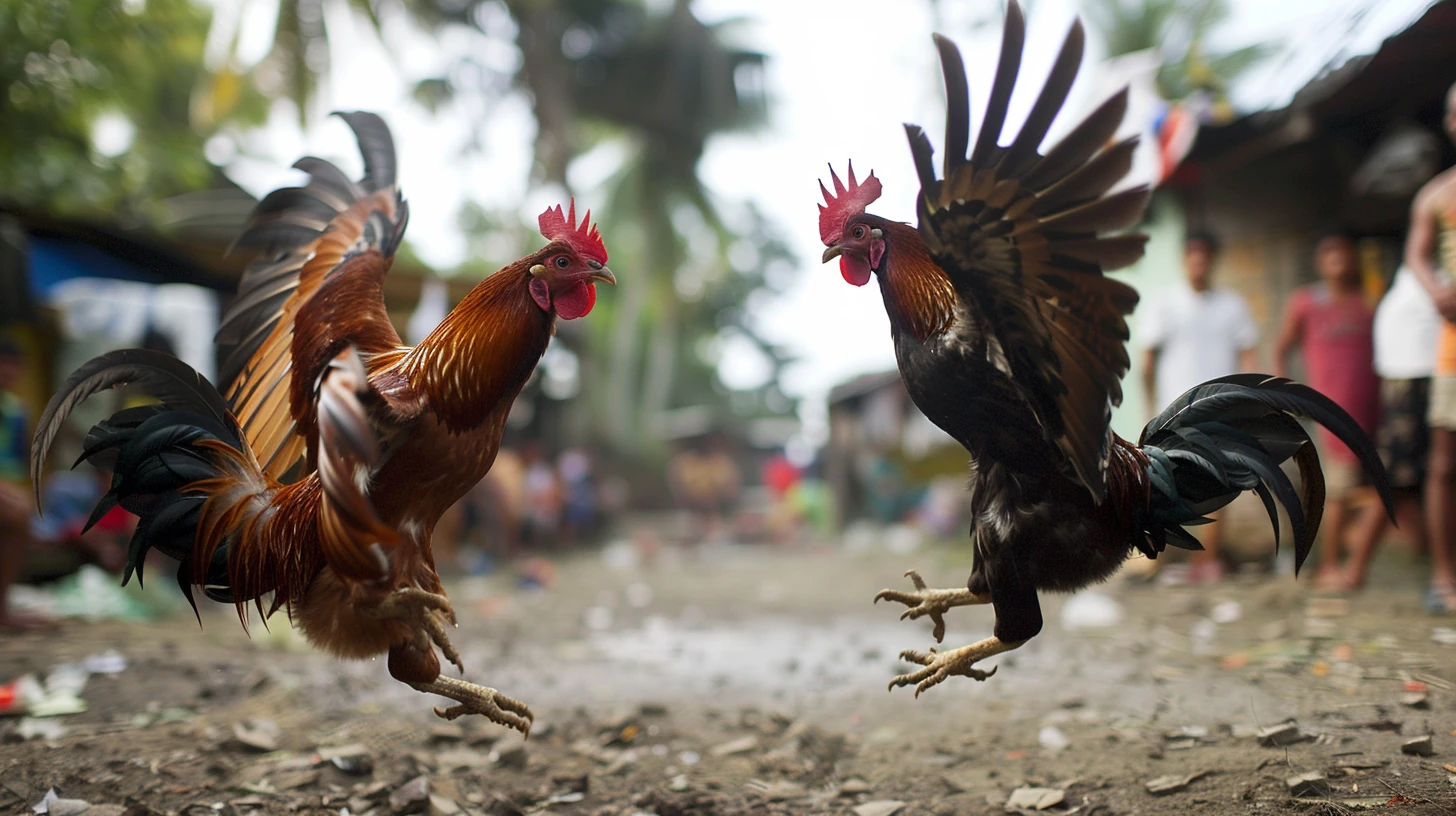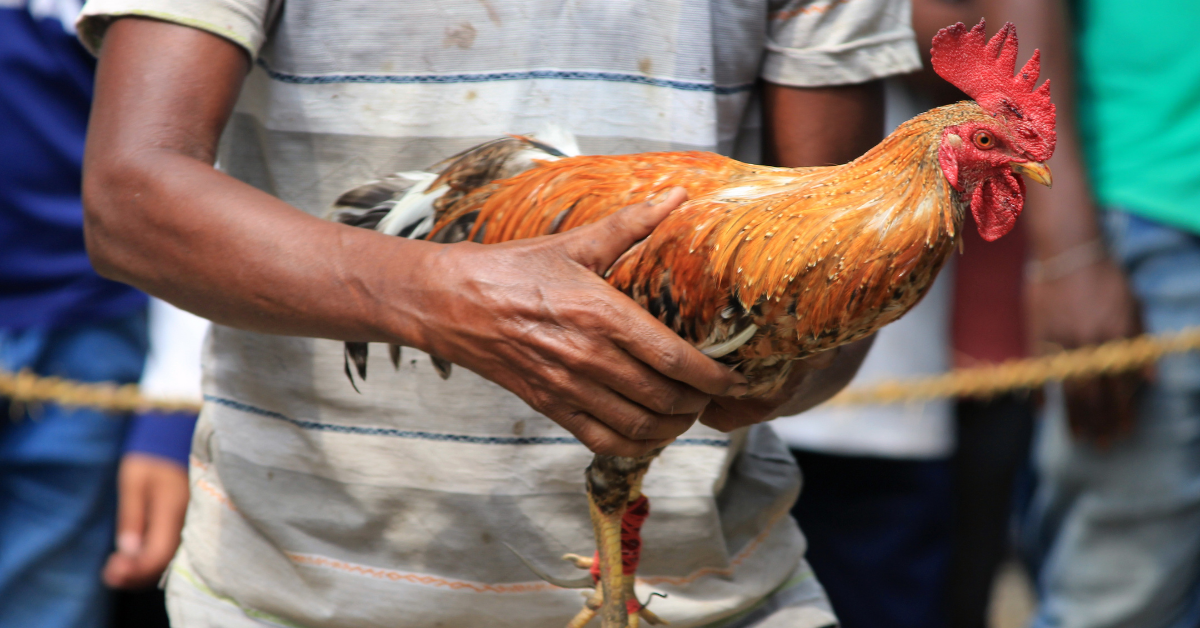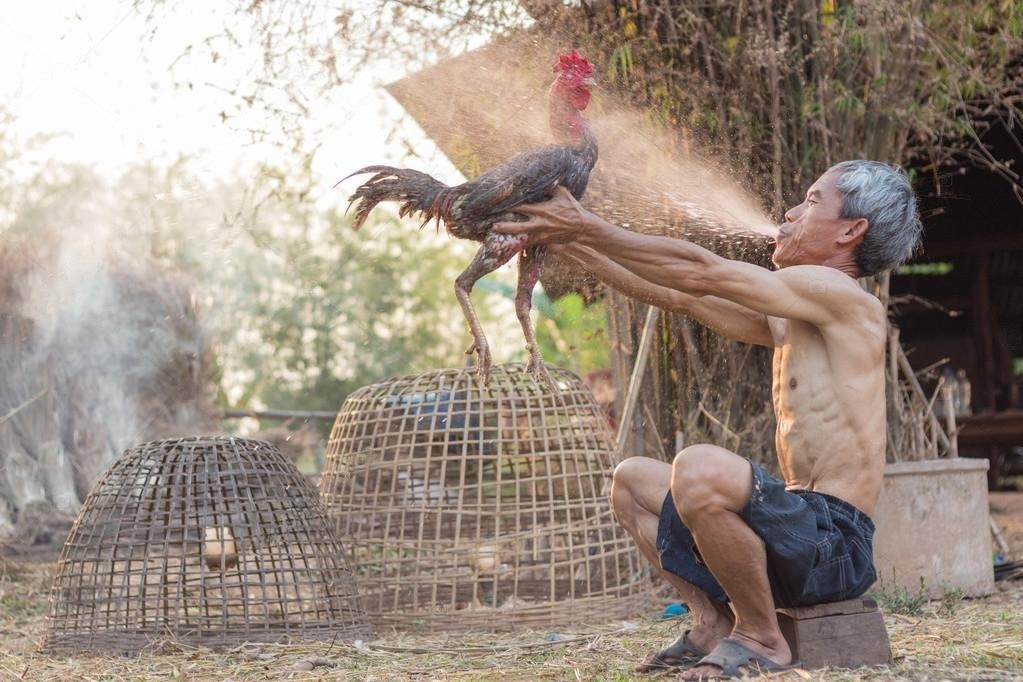Insights from a Sabong Grandmaster: Tips for Aspiring Cockfighters
Insights from a Sabong Grandmaster: Tips for Aspiring Cockfighters
Blog Article
Tricks of the Sabong Grandmaster: Understanding the Art of Cockfighting
The intricate world of cockfighting, particularly as exercised by the Sabong Grandmaster, uses a fascinating research study in the assemblage of pet actions, training methodologies, and affordable technique. To genuinely understand the subtleties of this art kind, one have to explore exactly how the Grandmaster integrates the physical and psychological aspects of fowl training while navigating the honest considerations fundamental in this typical practice. What are the essential understandings that divide the phenomenal from the normal in this realm? Recognizing this could redefine one's point of view on the sporting activity and its professionals.
History of Cockfighting

As the centuries advanced, cockfighting spread across different continents, adapting to neighborhood personalizeds and social dynamics. In middle ages Europe, it got popularity among the nobility, that regarded it as a display of riches and standing. By the 17th century, the sport had actually established itself in England, resulting in the development of formalized regulations and policies.
In the Americas, specifically in the Caribbean and the Philippines, cockfighting handled unique features influenced by colonial histories and native methods. Today, while the sport stays debatable and deals with lawful difficulties in many areas, its historic relevance continues to stimulate conversations about animal legal rights, cultural heritage, and social values. The evolution of cockfighting reflects more comprehensive motifs of human communication with nature and the complexities of practice.
Recognizing Fowl Habits
Comprehending rooster behavior is crucial for those associated with the sporting activity of cockfighting, as it directly influences performance, training, and health. Fowls show a range of habits that can suggest their mental and physical states. Significantly, aggression, territoriality, and social hierarchy play significant duties in their attitude.
Aggression is a natural impulse in fowls, primarily driven by the requirement to insist prominence. Observing interactions among fowls can reveal their position, which is critical for managing their atmosphere. A certain fowl displays an extra assertive posture, while a submissive one might reveal signs of anxiety or anxiety, such as crouching or avoiding eye call.

Training Strategies for Champions
Efficient training strategies are important for creating champion fowls that excel in the affordable arena of cockfighting. A methodical strategy guarantees that each bird reaches its complete potential, integrating physical fitness with mental determination.
To begin, establishing a regular training regimen is necessary - Sabong Grandmaster. This includes daily workouts that boost strength, agility, and endurance. Regimens click for more might involve regulated competing sessions with both fabricated and live opponents to replicate competitors, allowing roosters to refine their combating skills in a safe atmosphere
Including dexterity drills, such as challenge courses and leaping workouts, substantially improves a rooster's physical capacities. Furthermore, presenting diverse surfaces and terrains can enhance their versatility during fights.
Mental training must not be forgotten. Acquainting the birds with the audios and views of a competitive environment can lower anxiety and anxiousness on battle day. In addition, favorable support strategies, such as fulfilling preferable actions, can infuse self-confidence in the fowls.
Last but not least, keeping a tranquility and assertive existence during training sessions fosters count on between the rooster and the handler, important for achieving optimal efficiency. With each other, these methods form a comprehensive training routine that grows champions ready to master the field.
Health And Wellness and Nutrition Basics

Integrating a mix of barley, wheat, and corn offers needed carbs, while protein sources such as fish dish, soybean dish, or insects support muscle mass growth and recovery. Additionally, integrating fresh fruits and veggies can boost the overall nutritional profile, using anti-oxidants that enhance the body immune system.
Hydration is equally essential. Access to tidy, fresh water visit this web-site must be a top priority, as dehydration can seriously impact performance (Sabong Grandmaster). Routine health and wellness examinations are necessary to monitor for any potential diseases or parasites that could compromise a rooster's condition
Furthermore, the timing of feed is crucial. Offering nutrition at suitable intervals ensures that roosters keep power degrees throughout their training and healing phases. By focusing on these health and nourishment basics, sabong fanatics can assist their roosters achieve optimum efficiency in the affordable field.
Techniques for Successful Suits
Success in cockfighting depend upon a combination of tactical preparation and in-ring methods. Reliable match strategies start long prior to the fight, with careful option of the fowl. Breeders need to focus on genetic traits such as aggressiveness, endurance, and durability, making sure that the chosen bird shows a solid family tree of efficiency.
Training is important; fowls must be conditioned through a program that consists of physical exercise, competing with other birds, and direct exposure to different environments. This prep work not just develops toughness however additionally boosts the bird's versatility to various opponents.
Throughout the match, a trainer must utilize eager observation and fast decision-making. Recognizing the opponent's methods enables for prompt adjustments, such as moving the fowl's stance or motivating more aggressive actions. Timing is vital; recognizing when to encourage or restrain the bird can imply the distinction in between victory and defeat.
Finally, preserving a tranquil disposition during suits cultivates self-confidence in the rooster. A balanced method, integrating both physical and psychological preparedness, ultimately results in successful results in the sector, showing that proficiency in cockfighting is as much concerning strategy as it has to do with the birds themselves.
Final Thought
The proficiency of cockfighting, as exhibited by the Sabong Grandmaster, pivots on an extensive understanding of rooster behavior, efficient training methods, and ideal wellness and nourishment. By incorporating typical exercise with contemporary methodologies, champions are cultivated, showcasing extraordinary toughness, agility, and resilience. Strategic insights throughout matches better improve the chance of success. Eventually, the keys of the Sabong Grandmaster lie in the unified balance of these aspects, making certain see post the proceeded heritage of this ancient sport.
To really realize the nuances of this art kind, one have to check out exactly how the Grandmaster harmonizes the mental and physical aspects of rooster training while navigating the ethical considerations intrinsic in this conventional technique.Understanding fowl behavior is crucial for those included in the sport of cockfighting, as it directly influences training, performance, and health and wellness.Keeping optimal wellness and nourishment is essential for ensuring that roosters get to peak performance in the cockfighting field. Giving nutrients at appropriate periods makes sure that fowls maintain energy degrees throughout their training and recovery phases.The mastery of cockfighting, as exhibited by the Sabong Grandmaster, hinges on an extensive understanding of fowl actions, effective training methods, and ideal wellness and nutrition.
Report this page